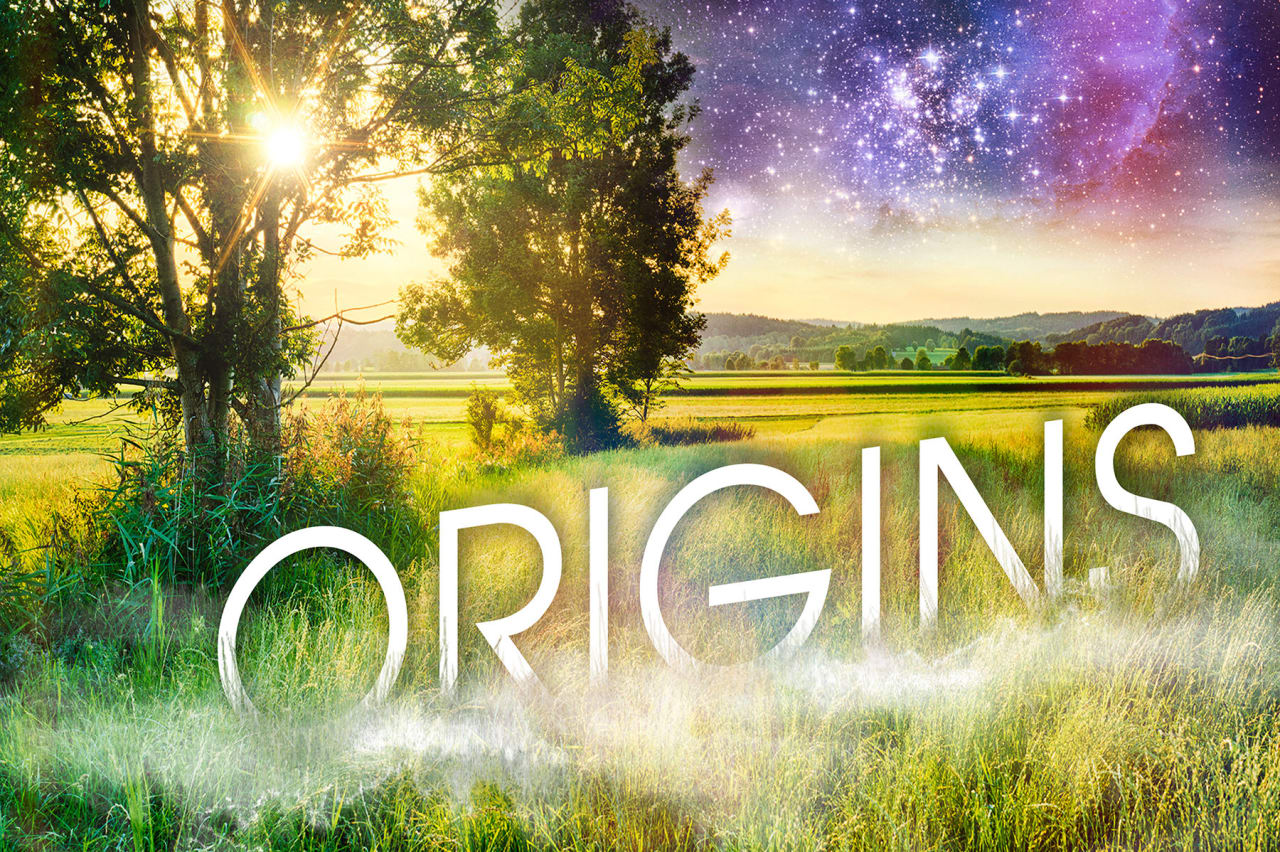Did creation take place in 6 literal days?

No one was present as observer when life began, and neither model of origins can be reproduced in laboratory experiments. There is much evidence that Creation is a correct understanding of origins, but the belief that Creation took place in six literal days is based primarily on Scripture. Here are some evidence from Scripture to support this view:
1) The Hebrew word "yom"
The Hebrew word for day, yom, as in English, is used both for a literal, twenty-four-hour day and also for an indefinite period of time, such as in the expression “For the day of the Lord is at hand” (Joel 1:15). However, the word, yom, always means a twenty-four-hour literal day when it is used with a numeral—day one, day two, first day, second day, etc. There are no exceptions to this rule. In the Genesis Creation account, yom is used with a numeral, indicating that it intends the reader to understand that these are literal days of twenty-four hours.
2) Manna, the Sabbath and creation
When the Israelites were wandering in the wilderness, God supplied food—manna—every morning. They were to gather only enough for one day’s use. Anything more than that would spoil by the next morning. However, on Friday, they were to gather twice the usual amount of manna, because none would be available Sabbath (Saturday) morning. When they gathered extra manna on Friday for use on Saturday, the extra manna did not spoil (see Exodus 16:11-26). This illustrates that the weekly Sabbath, marking each cycle of seven literal days, continued to be a memorial of Creation week. Thus the weekly cycle is evidence that the days of Creation were literal days of twenty-four hours.
3) The week
As a unit of time, the week has no basis in the natural movements of earth, moon, or sun as do the day, the month, and the year. Other than the week of creation as described in Genesis, there seems to be no basis for the week as a unit of time. This, too, argues that the Creation week in Genesis was a week of seven literal days.
4) The seventh day
God set aside the seventh day of Creation week as a holy rest day. The Israelites kept the Sabbath in the wilderness and continued to observe in the time of Christ (see Luke 4:16; 23:55, 56) and in the time of Paul (see Acts 17:2). Orthodox Jews continue to observe the seventh-day Sabbath even today. The changes made to the calendar from time to time through the centuries has not affected the weekly cycle of seven days. The integrity of the weekly cycle continues and is an evidence for Creation week being composed of seven literal days.
5) Literal days vs. long periods of time
The view that each day of the Genesis Creation account is actually an extremely long period of time—rather than literal days of twenty-four hours—causes problems. For example, Genesis says that plants were created on the third day (see Genesis 1:11-13) and that sunlight was created on the fourth day (see verses 14-19). If the third day is actually a long period of time, how could plants have existed without sunlight? Likewise, many plants require insects for pollination. How could these plants have survived and reproduced without insects which were not created until the sixth day (see Genesis 1:24, 25)—if these days were actually long periods of time?
6) The fourth commandment
The fourth commandment (Exodus 20:8-11) clearly links the seventh day (the Sabbath) with the weekly cycle. The word "remember" at the beginning of this commandment cannot have meaning if the days were long eons of time (much longer than human lifespans). The admonition concerning days of labor and day of rest would also be meaningless.
7) Wording in the creation account
The wording of the creation account in the first two chapters of Genesis is best understood as meaning literal days. Such expressions as “day and night,” “evening and morning,” “light and darkness” can hardly be understood as indefinite periods of time.
Microevolution
There are two aspects of evolution—minor change (microevolution) and major change (macroevolution). Microevolution is clearly a feature of living organisms as seen in the numerous breeds of dogs or the different varieties of roses, etc. Plants and animals can clearly be bred to develop various characteristics. This is microevolution.
Macroevolution
On the other hand, macroevolution—major changes between species—cannot be clearly demonstrated. Evolutionists present various lines of evidence for macroevolution, but careful examination often reveals that the evidence is weak, subject to alternate interpretations, or incorrect. Microevolution is a fact; macroevolution is not a proven fact. Yet it is macroevolution that is required for the theory of evolution to account for the origin of life.
Some evolutionists have called evolution a fact without distinguishing between these two aspects of evolution. Scientists are still looking for a satisfactory mechanism that can produce the kinds of changes needed to evolve plants and animals from simple organisms to complex ones (macroevolution).
Conclusion
One must be knowledgeable regarding the evidence for both Creation and evolution in order to determine which view has the stronger evidence. If one looks at the evidence for both positions carefully and impartially, we believe he or she will conclude that the evidence for Creation by an Intelligent Being is clearly the stronger.